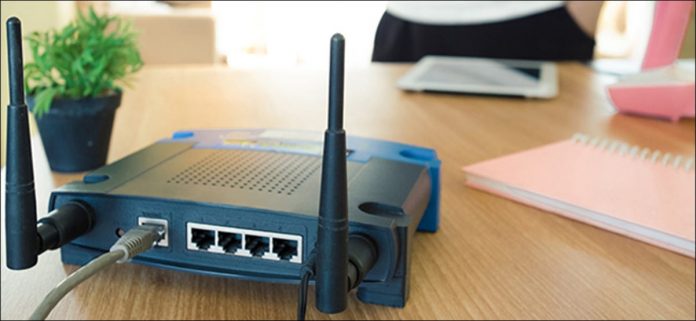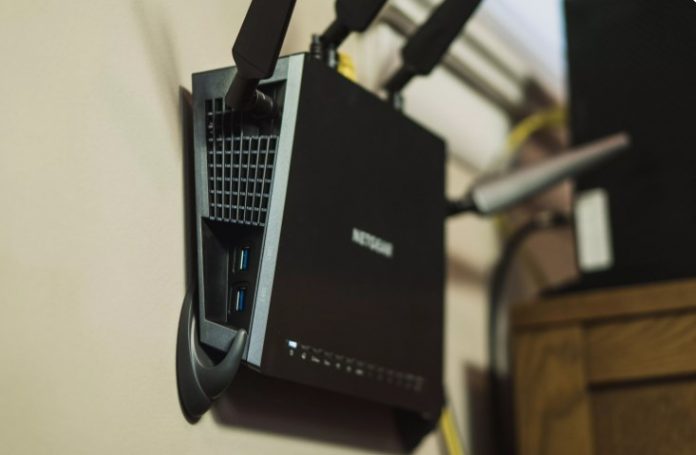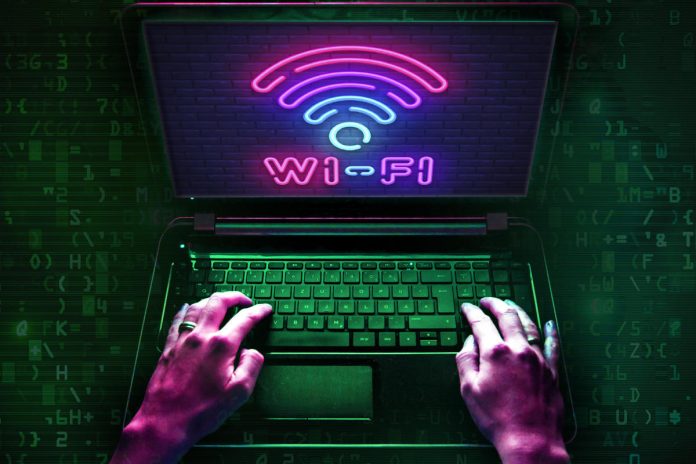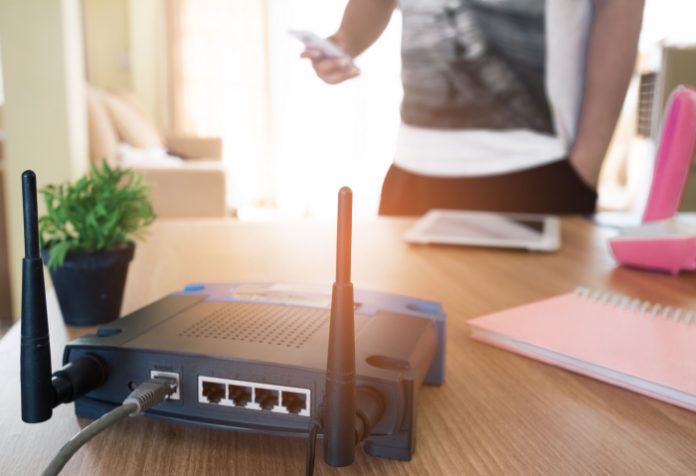Is there anything more frustrating than your Wi-Fi crashing on you when you need it? These days, Wi-Fi is essential for everything from working to socializing to seeing the doctor. When Wi-Fi cuts out, life can grind to a halt.
If your wireless internet connection has been giving you problems, there are a few things you can try to troubleshoot it. Here are some of the most common reasons why Wi-Fi doesn’t work and what you can do about each one.
1. Your Router Needs a Restart

For one reason or another, routers sometimes just need a minute to rest. If you’re experiencing Wi-Fi problems, the first step is to restart your router and any modems you may have. Unplug the device and let it sit for a couple of minutes. Then, plug it back in and wait for it to come back online.
More often than not, this alone will solve the problem. If you’re still experiencing connectivity issues after restarting your router, read on.
2. Your Router Is in a Bad Location

Wi-Fi travels on radio waves emitted from your router in all directions. If your router is in an out-of-the-way corner of your house or workplace, you’re sending half of those waves outside and robbing yourself of good coverage.
Try to place your router in a central location; this will help the signal reach more rooms in your home or office. That, in turn, should mean your Wi-Fi will work better in the places where you need to access it most.
3. Your Signal Is Blocked

Even if your router is centrally located, the Wi-Fi signal may not reach your whole home or workplace if there are too many obstacles in the way. Wi-Fi signals can be slowed down by walls and furniture. So in addition to putting your router in a central room, make sure it’s not surrounded by furniture or thick walls.
Metal and water impact Wi-Fi signals, too, so don’t place the router near any filing cabinets, mirrors, or aquariums. These small changes can sometimes make a big difference in your signal’s strength.
4. You Need to Extend Your Wi-Fi’s Range

Sometimes there’s just nowhere you can put your router that would make the signal reach far enough. This is especially true if you’re in a large, multi-story space. In such cases, some extra hardware could make a big difference.
There are a few options to choose from. Range extenders are what they sound like; they pick up Wi-Fi signals and extend their range farther than they’d normally travel. However, range extenders usually deplete bandwidth. If you use a lot of devices or perform a lot of data-intensive tasks, you may need something more powerful.
In that case, you might consider a mesh Wi-Fi network. As ZDNet explains, with this type of network, Wi-Fi is transmitted from a series of nodes placed throughout your space. The nodes share data with each other, enabling each one to broadcast its own Wi-Fi signals. Mesh Wi-Fi is more powerful than traditional Wi-Fi and helps you cover larger areas without sacrificing connectivity.
5. Other Networks Are Interfering with Yours
There’s a chance that other Wi-Fi signals are getting crossed with your own, making yours less effective. This is especially likely if you’re in an apartment building or office complex and are physically close to other buildings.
You can check to see whether other networks are interfering with yours with the help of free software like NetSpot. If they are, you can switch the channel that your Wi-Fi is on to a less crowded one. Switching your channel should give your Wi-Fi much more freedom to travel to your devices.

6. There Is a Problem with Your Device
Sometimes the issue lies not with your Wi-Fi, but with the computer or phone you’re connecting to it. You can easily test whether this is the case by trying to log on to your Wi-Fi from multiple devices. If you can connect to Wi-Fi on one device but not another, the Wi-Fi itself is probably fine.
From there, you can troubleshoot the actual device that’s not connecting. Start by checking its Wi-Fi settings and restarting it. If that doesn’t work, you may need to do some further investigation.
7. Your Router Is Overheating

Routers can overheat just as easily as any other electronic device. When this happens, your connection can lag or go in and out.
Overheating is usually solved by restarting your router and giving it a minute to power down. However, if you’re experiencing a string of extremely hot days, this may not fix the issue in the long term. Make sure your router’s fans are cleared of dust and that it’s located in a relatively cool, well-ventilated spot.
8. Your Wi-Fi Isn’t Optimized for Peak Usage

Traditional Wi-Fi emits signals at the same strength and in the same direction at all times, no matter how the Wi-Fi is being used. This is fine for basic usage, but it’s not enough for smart homes, offices, and other locations with innovative tech.
Adaptive Wi-Fi, on the other hand, is Wi-Fi that uses AI to perform better. Plume explains how adaptive Wi-Fi strengthens signals for specific devices and at specific times depending on usage patterns.
If you and your family stream TV and video games every evening around 8, adaptive Wi-Fi networks will boost signal strength accordingly. Same thing if five teams at your company hold Zoom meetings simultaneously. Adaptive Wi-Fi is a great tool for ensuring that your Wi-Fi is always available for whatever you need it to do.
There are a number of reasons why your Wi-Fi might not be working, from basic issues to more technical ones. Follow this guide to help you detect and find solutions to the most stubborn Wi-Fi issues.









